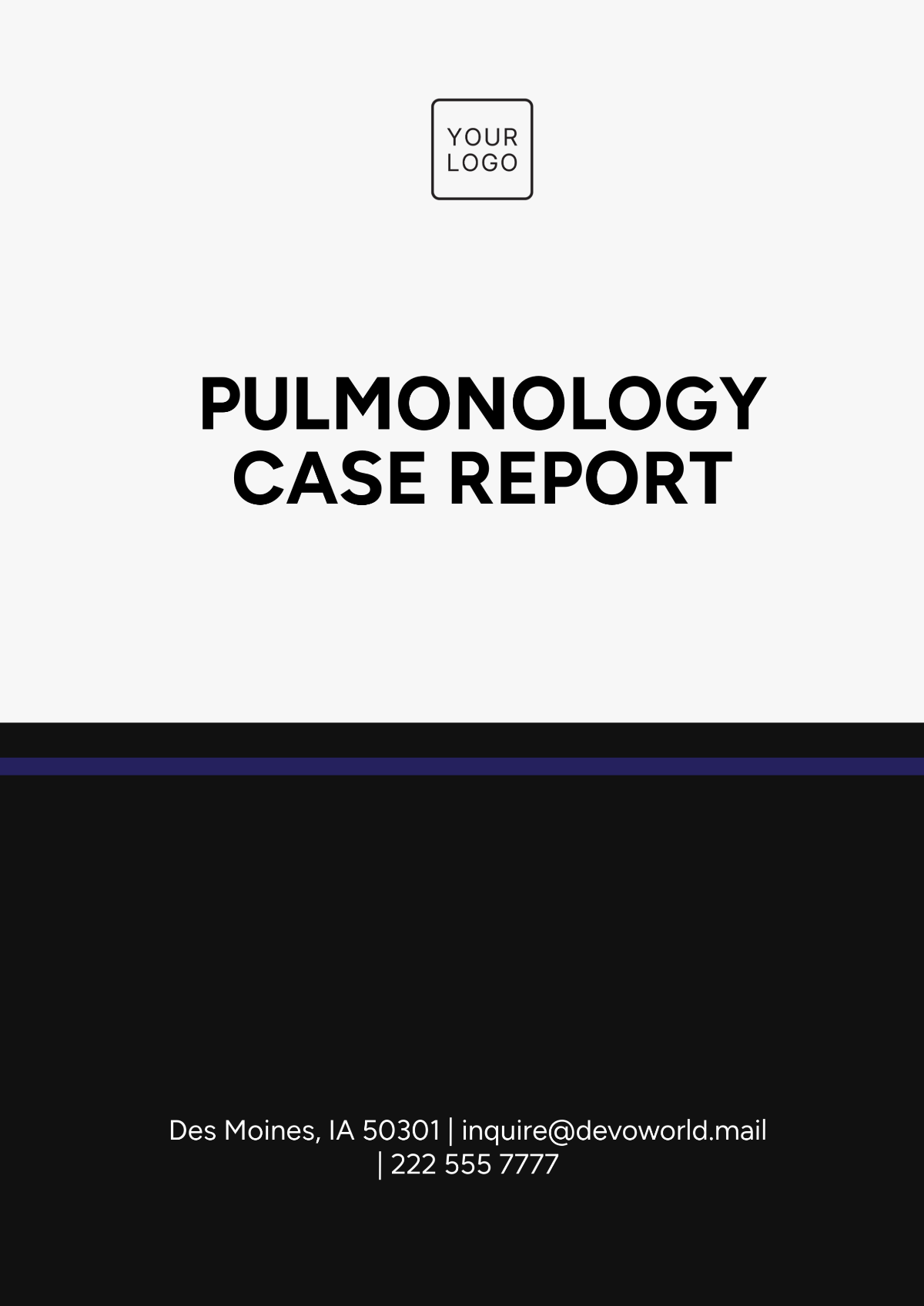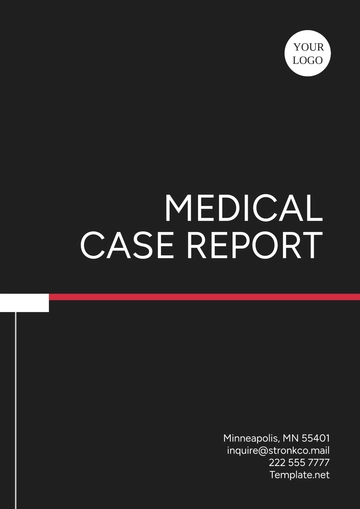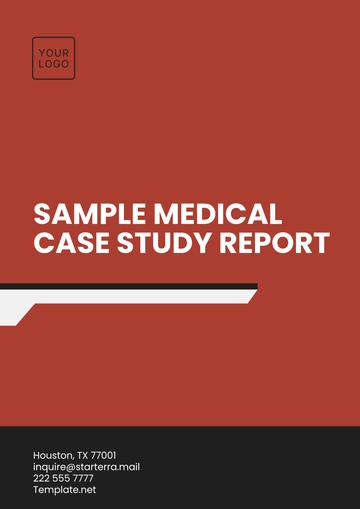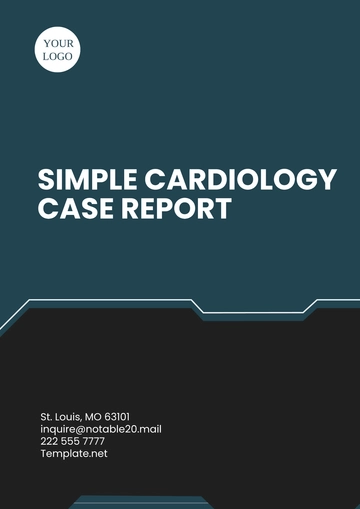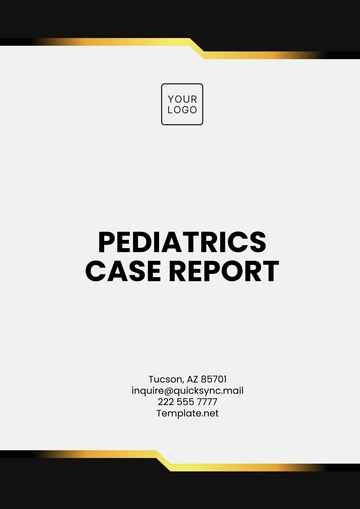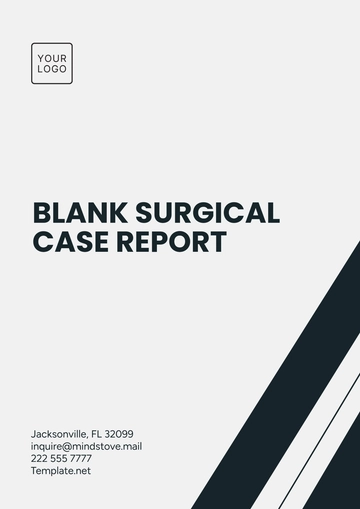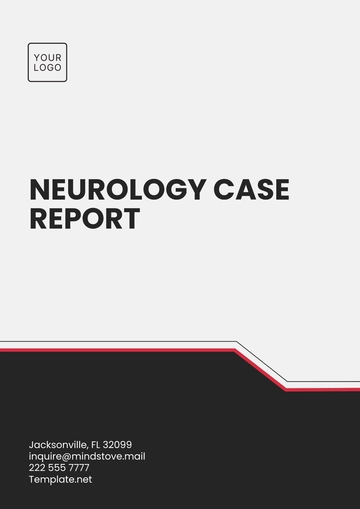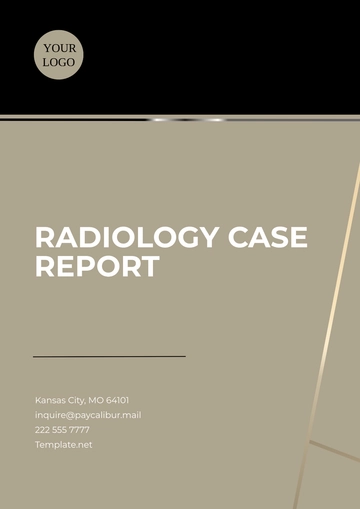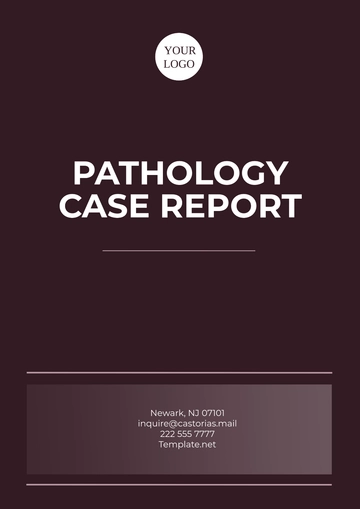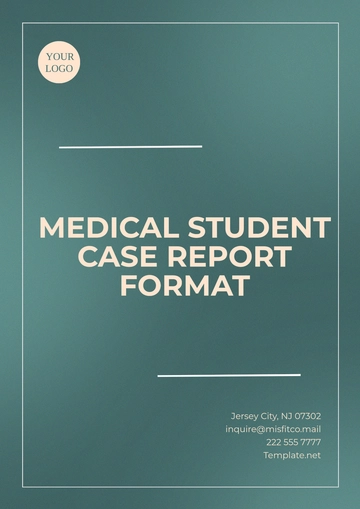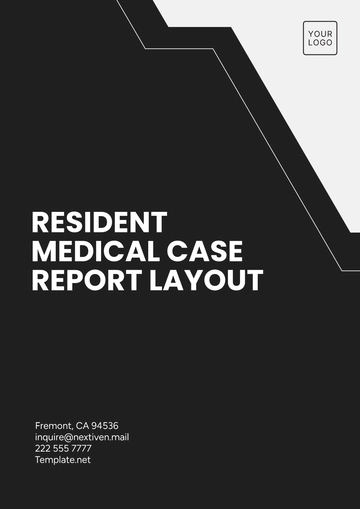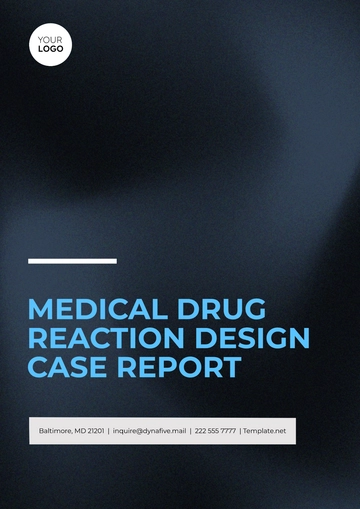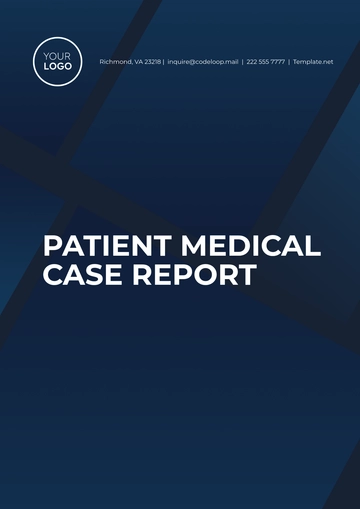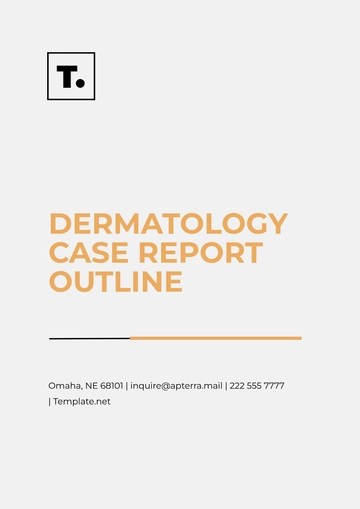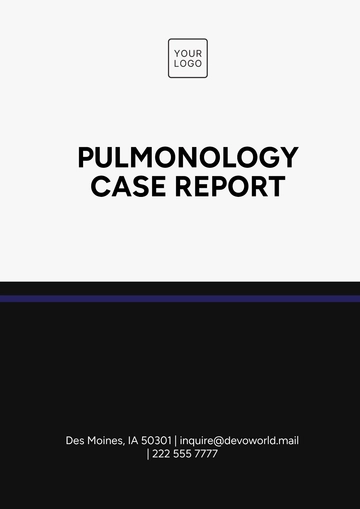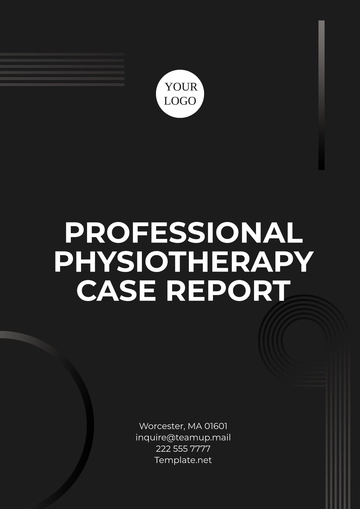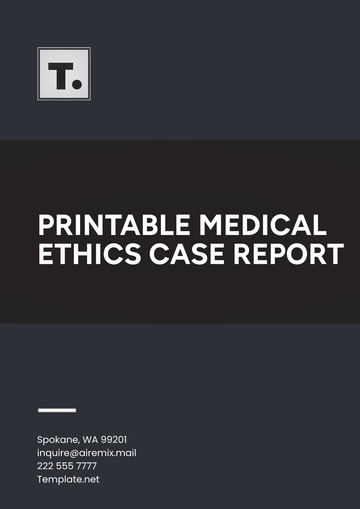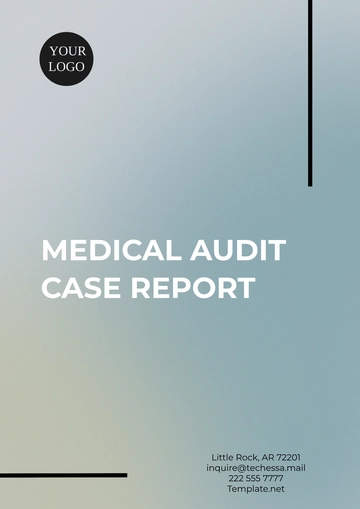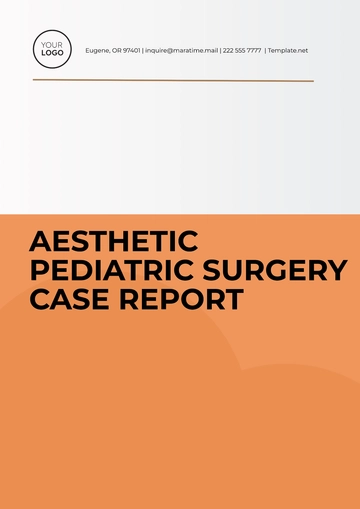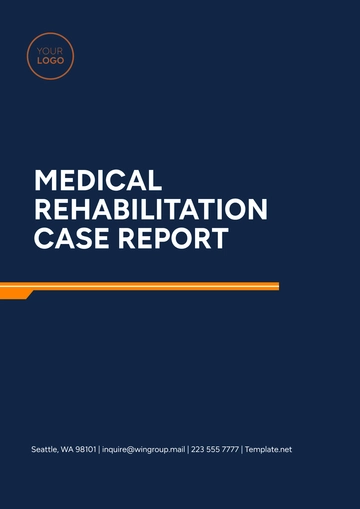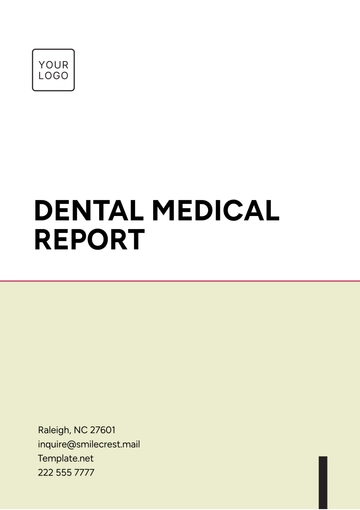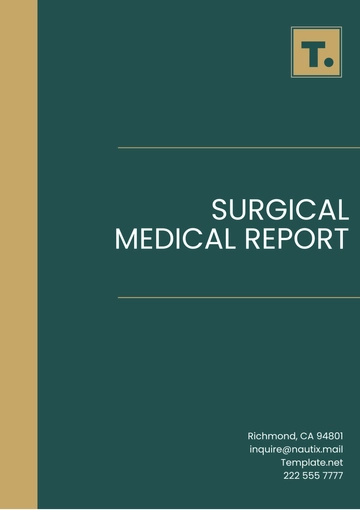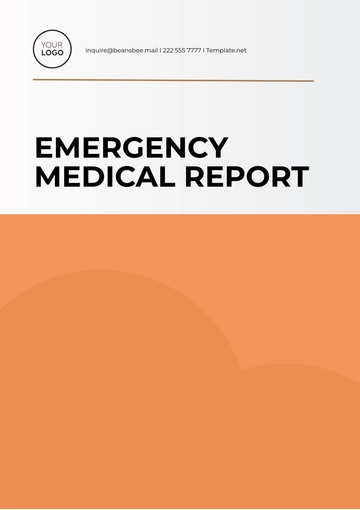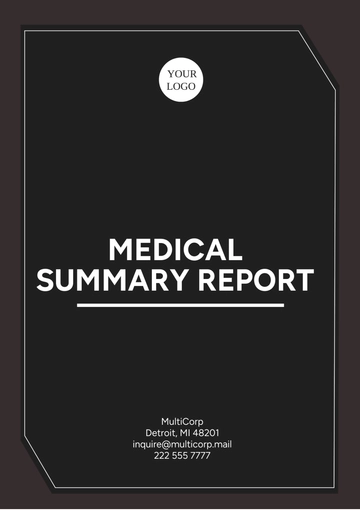Pulmonology Case Report
1. Introduction
This pulmonology case report presents a detailed analysis of a patient diagnosed with chronic obstructive pulmonary disease (COPD). The case highlights diagnostic challenges, intervention strategies, and patient outcomes. The goal of this report is to provide a comprehensive overview of the case to augment clinical understanding and improve patient management strategies in similar scenarios.
2. Patient Information
The patient, a 68-year-old retired male, presented with progressive shortness of breath and chronic cough. Relevant medical history includes a 40-year smoking history and a previous diagnosis of hypertension. The patient reported adherence to medications for hypertension and had a sedentary lifestyle.
Demographics
Attribute | Details |
|---|
Age | 68 years |
Gender | Male |
Occupation | Retired |
Smoking History | 40 pack-years |
Comorbidities | Hypertension |
3. Clinical Information
Symptoms
Diagnostic Workup
Initial physical examination revealed hyperinflated lungs with decreased breath sounds throughout. Subsequent investigations included spirometry, chest X-ray, and arterial blood gas analysis.
Investigation | Findings |
|---|
Spirometry | FEV1/FVC < 70% |
Chest X-ray | Hyperinflation |
Arterial Blood Gas | pH 7.35, pCO2 50 mmHg, pO2 60 mmHg |
4. Differential Diagnosis
The differential diagnosis included asthma, bronchiectasis, and congestive heart failure, but clinical and investigative findings confirmed COPD.
5. Management and Treatment
A. Pharmacological Treatment
Inhaled bronchodilators: Tiotropium
Inhaled corticosteroids: Budesonide
Oral corticosteroids: Prednisone during acute exacerbations
Antibiotics: Azithromycin during bacterial infections
B. Non-Pharmacological Treatment
6. Outcomes and Follow-up
The patient showed significant improvement post-treatment initiation, with reduced frequency and severity of exacerbations. Regular follow-ups were scheduled every three months to monitor lung function and manage any new symptoms or complications.
7. Discussion
This case underscores the importance of a thorough clinical evaluation in patients with a history of smoking. Early detection and comprehensive management, combining both pharmacologic and non-pharmacologic strategies, were pivotal in improving the patient’s quality of life.
Given the chronic nature of COPD, individualized patient education on disease management and lifestyle modifications plays a critical role in long-term care.
8. Conclusion
In conclusion, COPD remains a major public health challenge. This case report demonstrates how timely intervention and a multidisciplinary approach can achieve favorable outcomes. Further research is needed to improve early diagnostic methods and develop novel therapies to manage COPD more effectively.
Report Templates @ Template.net
